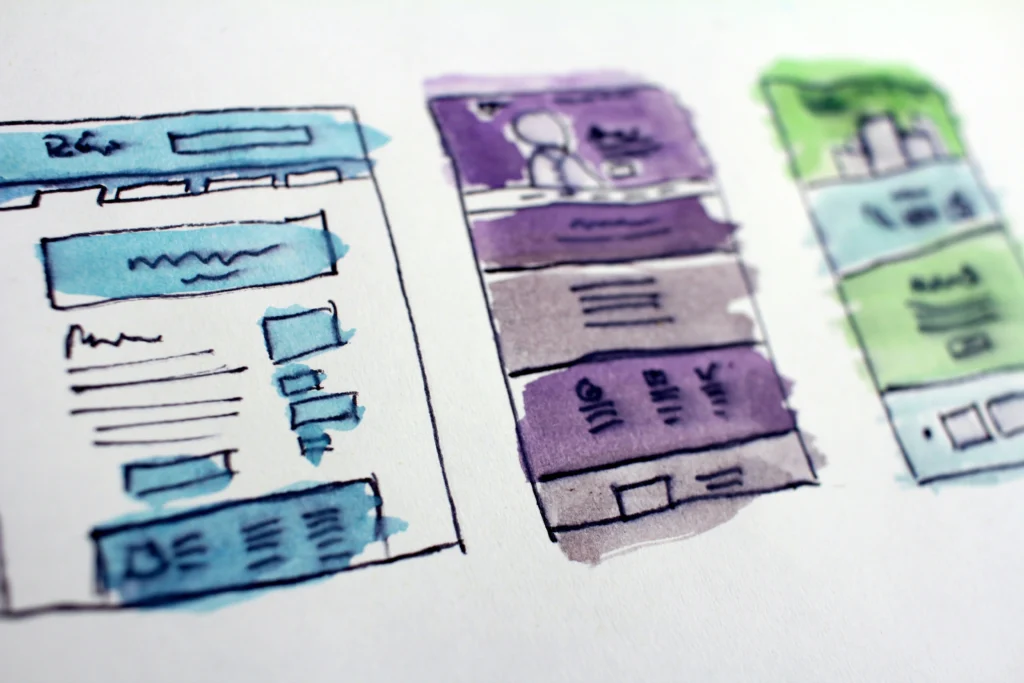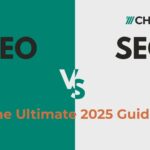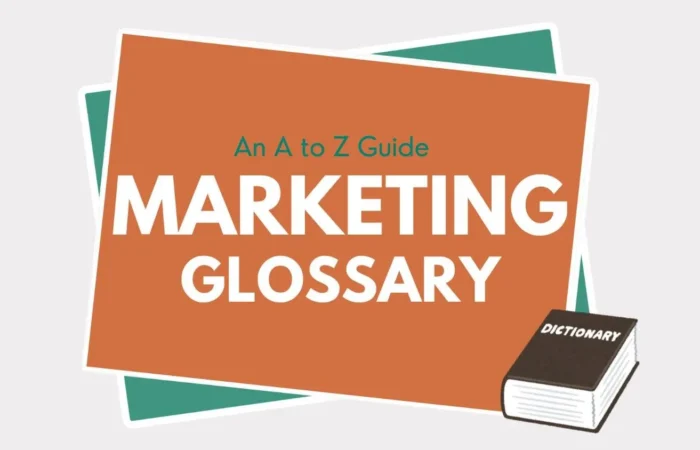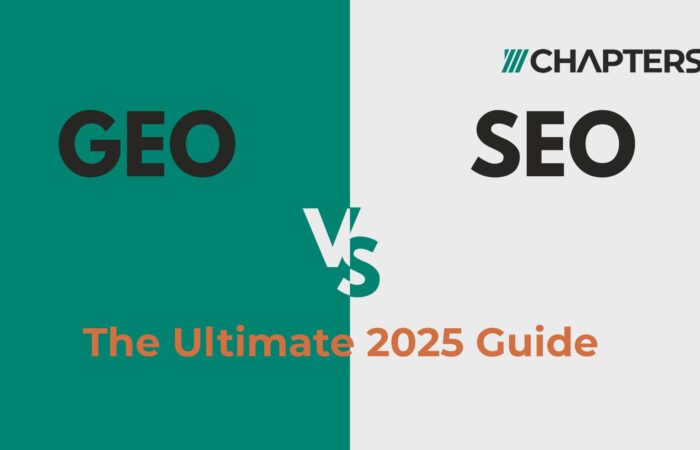Web design and SEO are the key elements for success in today’s digital age. Having a website isn’t enough. It’s like opening a store in a deserted alleyway – customers simply won’t find you.
To truly thrive online, you need a website that’s both visually appealing and discoverable by your target audience. That’s where the magic duo of web design and SEO comes in.
This dynamic partnership plays a crucial role in attracting new customers, boosting brand awareness, and ultimately, driving sales. But how exactly do web design and SEO work together, and why are they so important for your business? Let’s delve deeper.
Web Design: The First Impression that Makes a Lasting Impact
Think of your website as your online storefront. Just like a brick-and-mortar store, the first impression your website makes is critical. Web design encompasses the visual elements and user experience (UX) of your website. Here’s how good web design benefits your business:
- Enhanced User Experience (UX): A well-designed website is intuitive, easy to navigate, and visually appealing. Users can find the information they need quickly and effortlessly, leading to a positive experience that keeps them engaged.
- Increased Credibility: A professional and modern website design builds trust with potential customers. They perceive your business as reliable and established, making them more likely to do business with you.
- Improved Brand Recognition: Web design helps establish your brand identity. Consistent use of colors, fonts, and imagery across your website and marketing materials creates a memorable brand experience.
- Mobile-Friendliness: In today’s mobile-first world, a website that displays flawlessly on all devices – desktops, tablets, and smartphones is essential. Good web design ensures a seamless user experience across all platforms.
- Higher Conversion Rates: A user-friendly website with clear calls to action (CTAs) encourages visitors to take the desired action, whether it’s making a purchase, signing up for a newsletter, or contacting your business.
SEO is Guiding Users to Your Website
SEO (Search Engine Optimization) is the art and science of optimizing your website to rank higher in search engine results pages (SERPs) for relevant keywords. Imagine it as a billboard on a busy highway, directing potential customers to your website. Here’s how SEO benefits your business:
- Increased Website Traffic: Higher search engine rankings translate to more organic traffic – visitors who find your website through search engines without any paid advertising. This expands your customer reach significantly.
- Targeted Audience: SEO allows you to target specific keywords that your ideal customers are searching for. This ensures you’re attracting the right kind of visitors who are genuinely interested in your products or services.
- Improved Brand Awareness: Higher rankings and increased organic traffic lead to greater brand visibility. As your website appears more frequently in search results, people become more familiar with your brand.
- Cost-Effective Marketing: SEO is a long-term marketing strategy that delivers ongoing results. While it requires some initial investment, it generates organic traffic without the constant cost of paid advertising.
- Competition Edge: In a crowded online marketplace, good SEO gives you a competitive advantage. By ranking higher than your competitors, you capture a larger share of potential customers.
Why Web Design & SEO Work Best Together
Now, let’s explore why web design and SEO are like peanut butter and jelly – much better together:
- SEO-Friendly Web Design: A well-designed website incorporates elements that search engines favor, such as clear page titles, meta descriptions, and optimized images. This tells search engines what your website is about and improves its ranking potential.
- User Engagement & SEO: A user-friendly and engaging website keeps visitors on your site longer, which is a positive signal for search engines. Search engines consider factors like time spent on the page and bounce rate (visitors who leave immediately) when determining ranking.
- Content & SEO: Web design plays a vital role in showcasing your website’s content effectively. Compelling and informative content not only engages users but also provides opportunities for keyword optimization, a key factor in SEO.
- Mobile Optimization & SEO: Search engines prioritize mobile-friendly websites. A responsive web design that adapts seamlessly to different devices ensures a good user experience and improves SEO performance.
- Conversion Optimization & SEO: Web design and SEO work together to drive conversions. User-friendly navigation, clear CTAs, and strategically placed calls can lead visitors through the conversion funnel, encouraging them to take the desired action.
Now that you understand the power of web design and SEO, it’s time to take action. Here are some steps to get started:
Investing in the Dream Team: How to Get Started
Now that you understand the power of web design and SEO, it’s time to take action. Here are some steps to get started:
- Define Your Goals: Before jumping in, clearly define your business goals for your website. Do you want to increase brand awareness, generate leads, or boost online sales? Understanding your goals will guide your web design and SEO strategies.
- Know Your Audience: Conduct market research to understand your target audience. Who are you trying to reach? What are their needs, pain points, and online behavior? This knowledge informs your website content, design choices, and relevant keywords for SEO.
- Find the Right Web Design and SEO Partner: There are many talented web design and SEO agencies out there. Look for a company that has experience in your industry and understands your target audience. Choose a partner who offers integrated web design and SEO services – a one-stop shop for your online success.
- Content is King: Create high-quality, informative, and engaging content that resonates with your target audience. Optimize your content for relevant keywords, but prioritize genuine value over keyword stuffing.
- Embrace Mobile-First Design: Ensure your website is fully responsive and displays flawlessly on all devices. This enhances user experience and caters to today’s mobile-centric browsing habits.
- Focus on User Experience (UX): Prioritize user-friendliness with clear navigation, fast loading times, and a well-organized layout. Make it easy for visitors to find the information they need and take action.
- Optimize Your Images: Include high-quality images that are relevant to your content and optimized for the web. This improves user engagement and page loading speed.
- Build Backlinks: Backlinks are links from other websites to yours. They act as a vote of confidence for search engines, indicating your website’s credibility and relevance. Secure high-quality backlinks from reputable websites in your niche.
- Track and Analyze: SEO is an ongoing process. Regularly monitor your website’s analytics to track performance and identify areas for improvement. This allows you to refine your SEO strategy and web design elements for continued success.
- Stay Patient and Consistent: Climbing the SEO ladder takes time and effort. Consistent content creation, backlink building, and ongoing website optimization are key. Don’t expect instant results, but with dedication and a solid web design and SEO strategy, you’ll see your website flourish.
By investing in the power couple of web design and SEO, you’ll create a website that attracts, engages, and converts visitors into loyal customers. Remember, your website is a valuable asset, so make it work for you!






